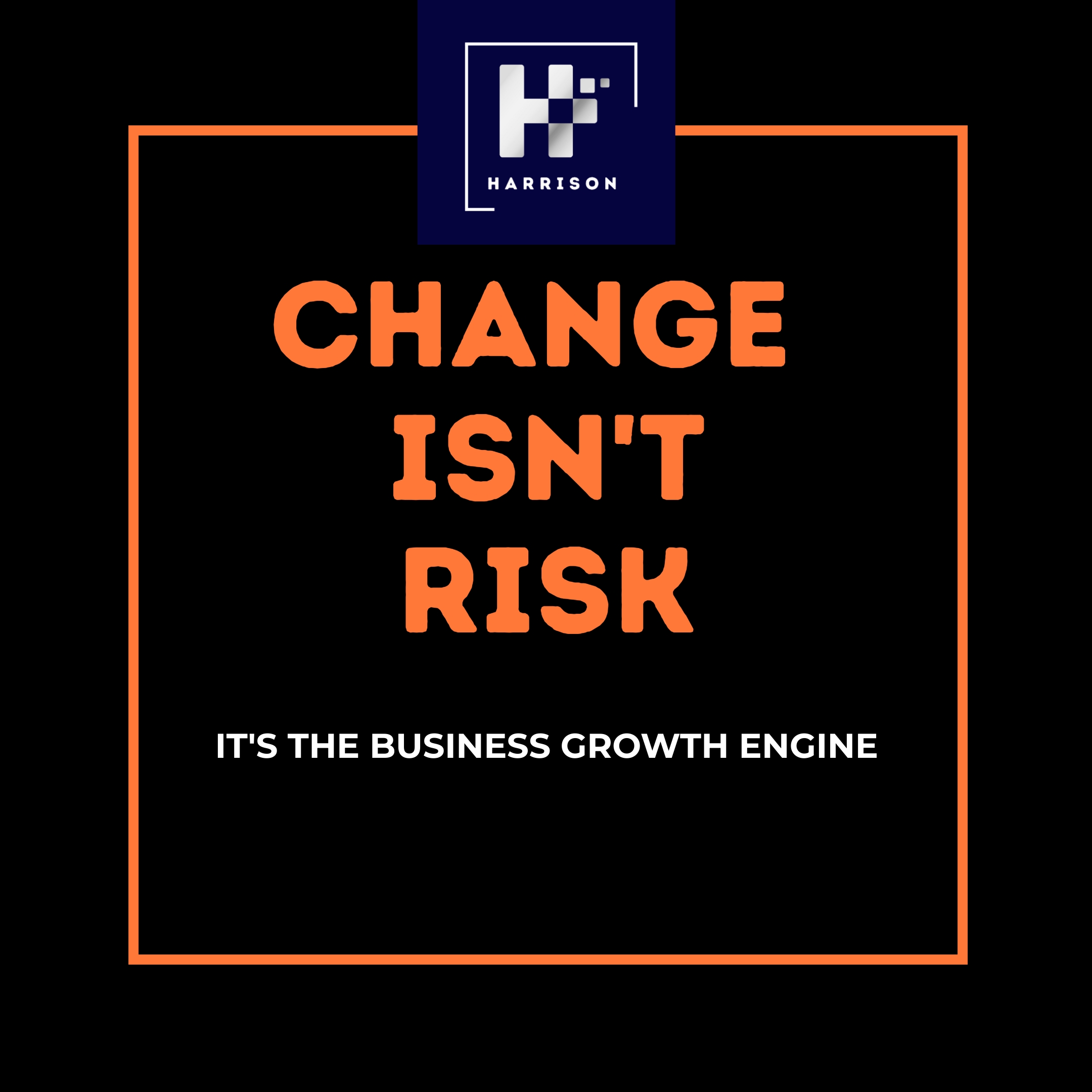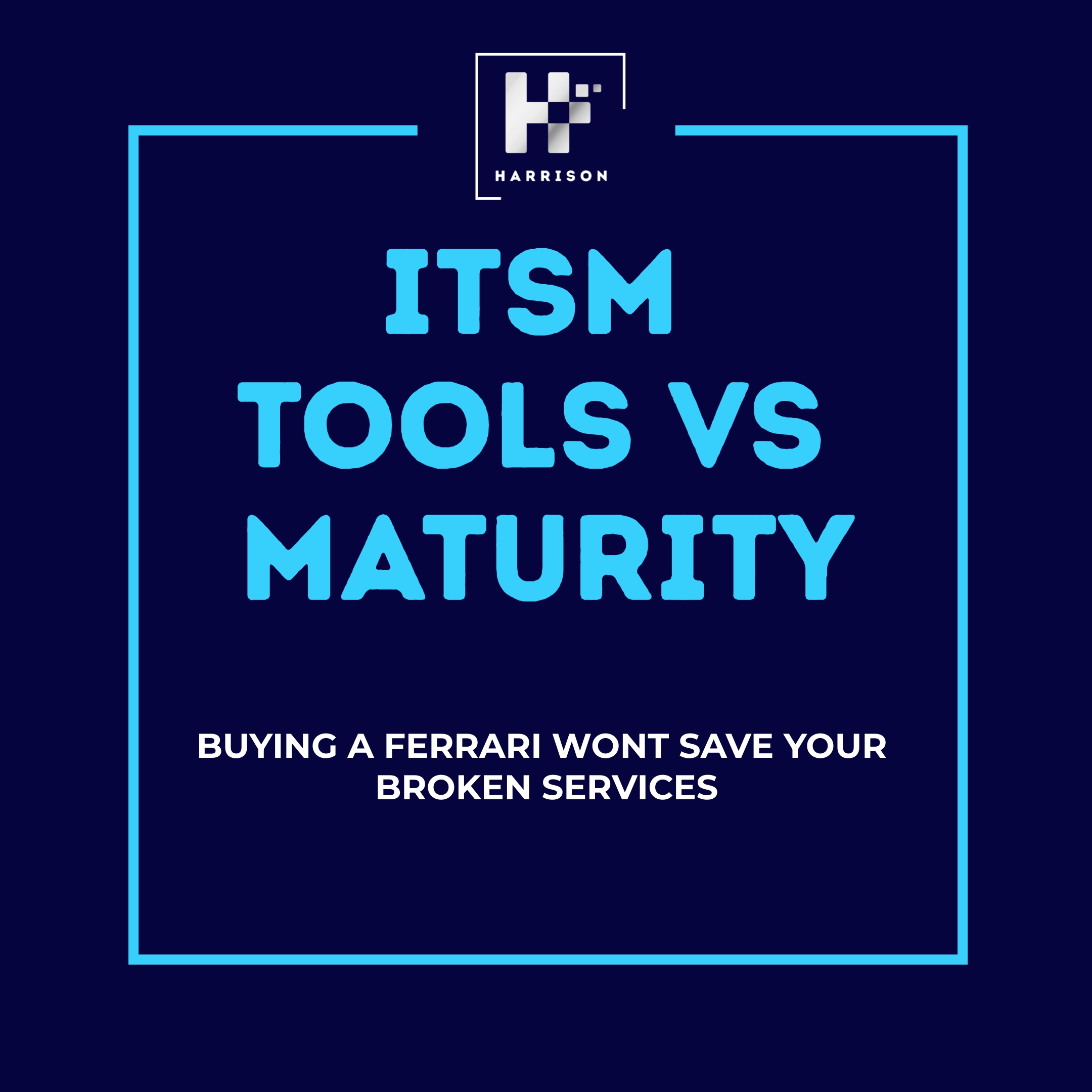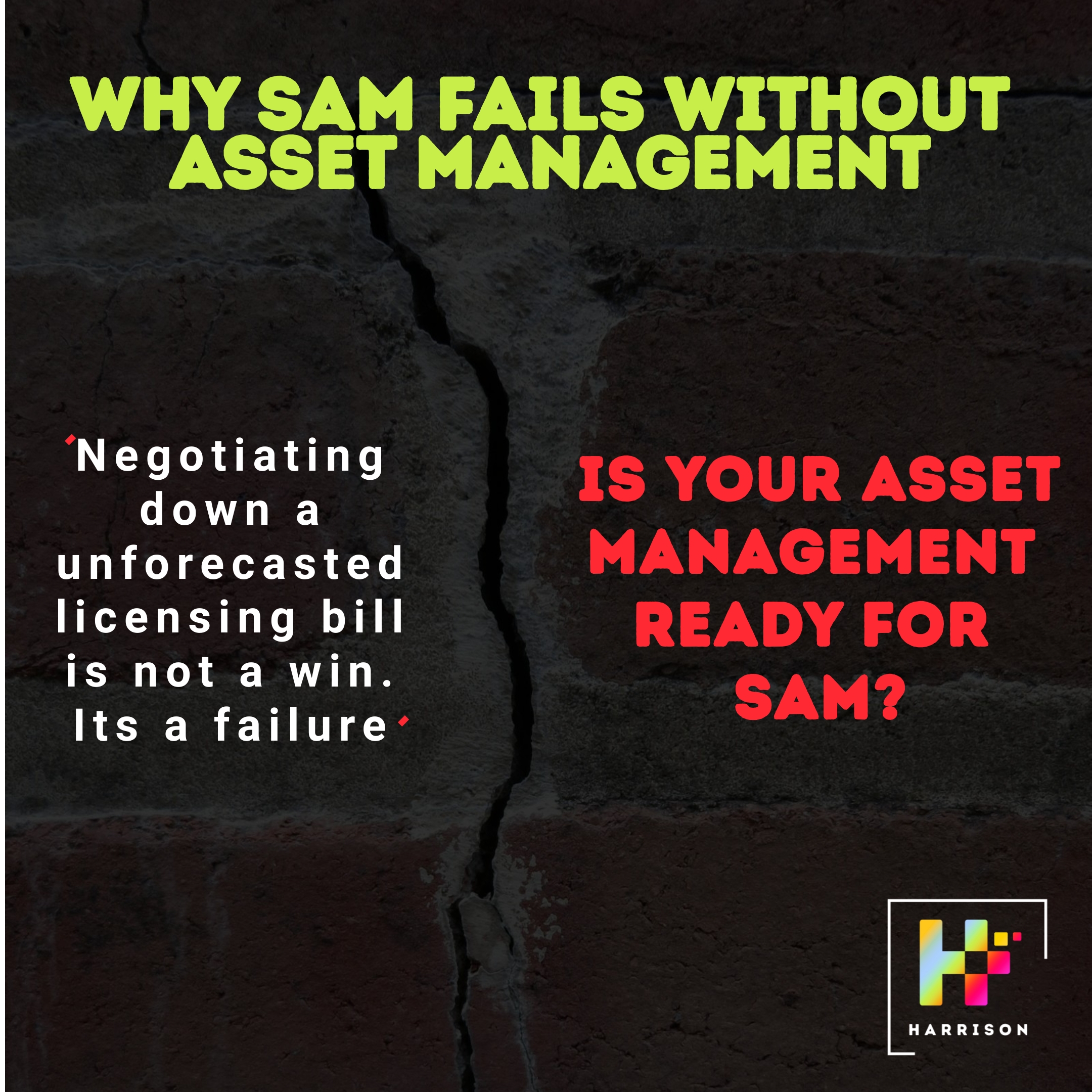Capacity & Performance Management – Scaling IT Without Sacrificing Speed
In today’s digital economy, performance isn’t a nice-to-have — it’s table stakes.
Your users don’t care if you’re ‘almost at capacity’. They care that the app didn’t load, the transaction didn’t complete, or the page took 10 seconds to open.
Yet most organisations still treat Capacity & Performance Management as a background task… until something breaks. That’s not leadership — that’s firefighting.
And in the cloud era, poor planning isn’t just slow. It’s expensive.
⚖️ The Good and the Bad
✅ The Good: Capacity Planning is Back on the Table
Thanks to the shift to cloud and consumption models, many CIOs are starting to revisit performance planning. Elasticity has replaced overprovisioning. Dashboards give visibility into usage. Cost becomes a lever, not a blocker.
You’re no longer sizing for peak — you’re engineering for adaptive load. Great.
But that’s not the whole picture.
❌ The Bad: Performance Management is Still a Mystery
Capacity and performance aren’t the same. One is about headroom. The other is about experience under pressure. And too many IT shops still confuse the two.
Here’s what we’re seeing across the industry:
-
No clear ownership of performance across services and suppliers
-
Monitoring designed around systems, not user journeys
-
No modelling of demand spikes, seasonality, or external events
-
Incident teams swamped by degradations that “weren’t outages”
-
Cloud spend spiralling due to “just add more” thinking
Performance bottlenecks aren’t a surprise. They’re a design flaw. And until CIOs treat them as such, they’ll keep hearing about them after the business does.
🛠️ How IT Leaders Should Fix It
CIOs must take back control of the performance conversation — and stop delegating it to tooling teams.
1. Tie Capacity to Strategic Demand
Build a forward view of demand:
-
What new services are launching?
-
What growth is forecasted by the business?
-
What integrations are coming?
Cloud doesn’t remove the need for capacity planning — it raises the stakes.
Because now, every GB, every vCPU, every hour costs you.
If your capacity plan isn’t aligned to usage patterns, consumption models, and user growth, your cloud bills will explode.
Ask your Head of Architecture:
“What are the top 3 services that will see major demand shifts in the next 12 months — and how are we modelling that?”
2. Embed Performance Testing Everywhere
Performance isn’t a QA activity — it’s a product discipline.
Design and test for performance from day one:
-
What does a ‘good’ experience look like for this user group?
-
How does it degrade under stress?
-
What’s the non-functional expectation?
Ask your Service Owner:
“When was the last time we tested performance under peak load for this service — and what did we learn?”
3. Build a Living Capacity Plan
Capacity plans aren’t once-a-year exercises. They must flex with:
-
Onboarding of new users
-
Release of new functionality
-
Business calendar cycles
-
Supplier-side changes
And most importantly — they must link to financial models. Your cost per user, per service, per transaction must be aligned with expected usage.
Treat your capacity plan like a forecasting tool, not a spreadsheet relic.
4. Automate Remediation Before Degradation
Pair capacity thresholds with event management to auto-remediate before users are impacted. This isn’t just about scaling — it’s about scaling smart:
-
Add instances only when needed
-
Auto-throttle low-priority workloads
-
Alert on trend, not just breach
That’s how you preserve performance and cost control.
5. Hold Suppliers Accountable
Just like availability, performance is often degraded by third parties.
Yet most SLAs only mention ‘uptime’, not latency or response under load.
Challenge your contracts and ask:
-
Are we getting what we pay for in performance terms?
-
Are SLAs measuring business impact or just uptime?
Ask your Supplier Manager:
“What performance metrics are in the supplier’s SLA — and do they reflect the user experience?”
🔁 Strategic Consequences of Doing This Poorly
-
Users lose trust in IT when the same systems grind under pressure every quarter.
-
Shadow IT grows when staff look for faster, unofficial alternatives.
-
Service desk volumes balloon as performance degradations spike calls — but with nothing to fix.
-
Cloud costs skyrocket as teams overprovision without strategy or accountability.
Most of all? The business stops believing IT can scale. That’s when budgets move elsewhere.
🎯 The CIO’s Leadership Questions
Ask these — and expect evidence, not anecdotes:
-
How do we model future demand and its impact on our services?
-
Where are we overprovisioned — and what’s the cost implication?
-
What are the most performance-sensitive services we run, and what are their current tolerances?
-
How do our capacity thresholds trigger remediation before degradation?
-
What supplier performance data do we have — and what gaps exist?
🧩 Closing Paragraph
Scaling IT is no longer about throwing metal at the problem.
It’s about smart demand modelling, financial discipline, and building performance into your services by design — not by panic.
Next up, we’re heading into the beating heart of user experience: the Service Desk.
And if you want help building performance accountability into your services, contracts, or budget — we’re ready to partner.
Follow us
Latest articles
November 27, 2025
November 27, 2025
November 27, 2025
November 27, 2025
November 27, 2025
November 27, 2025








